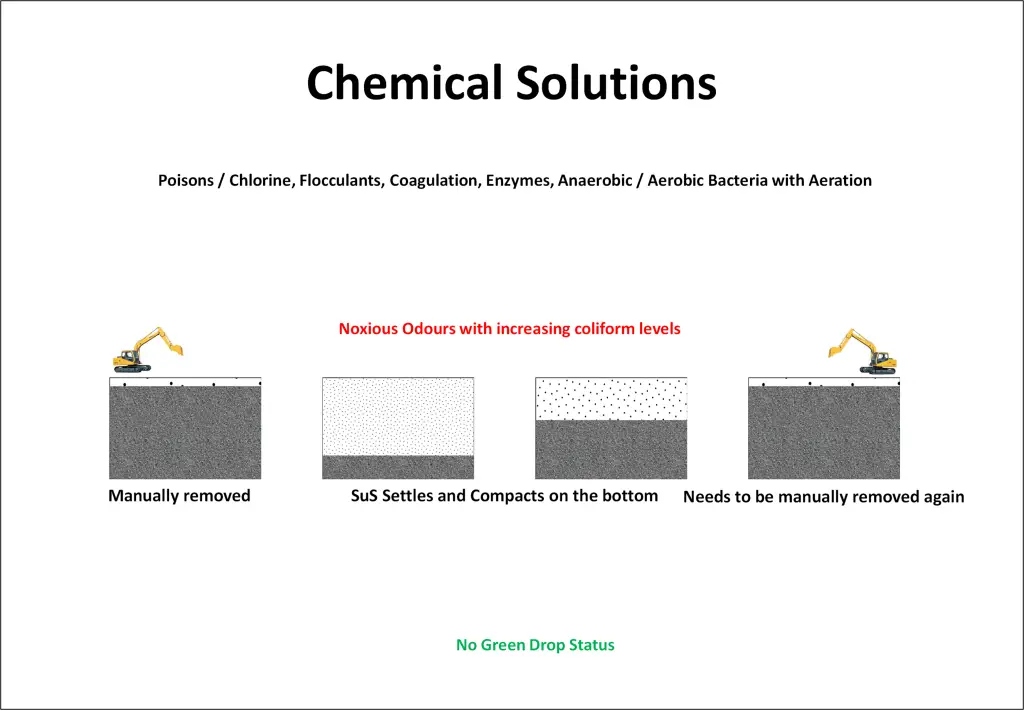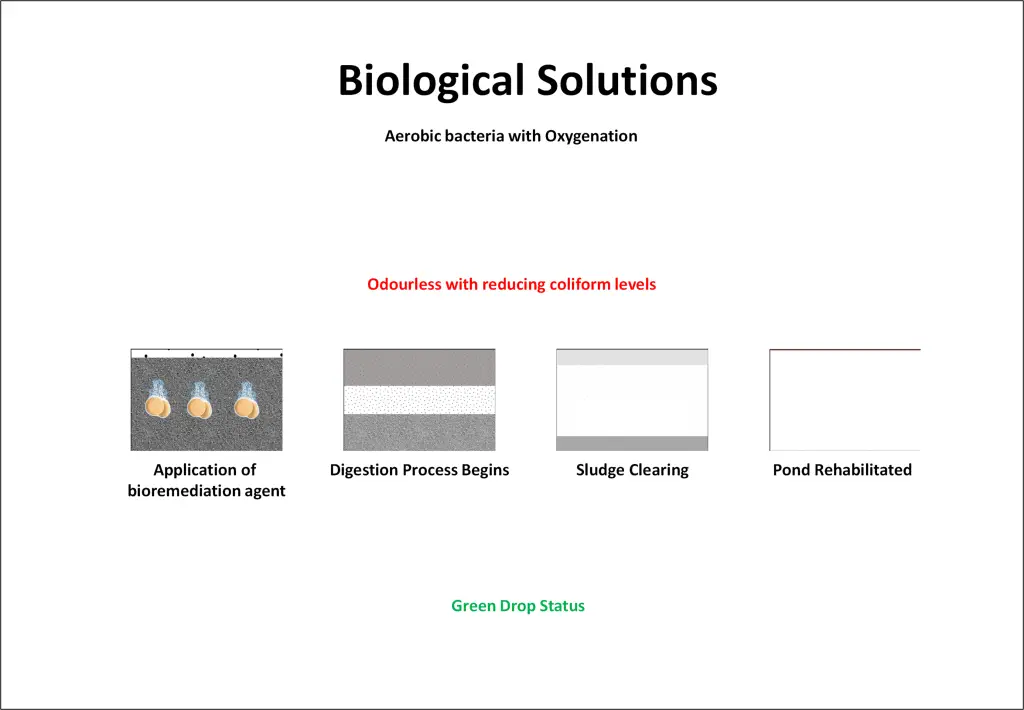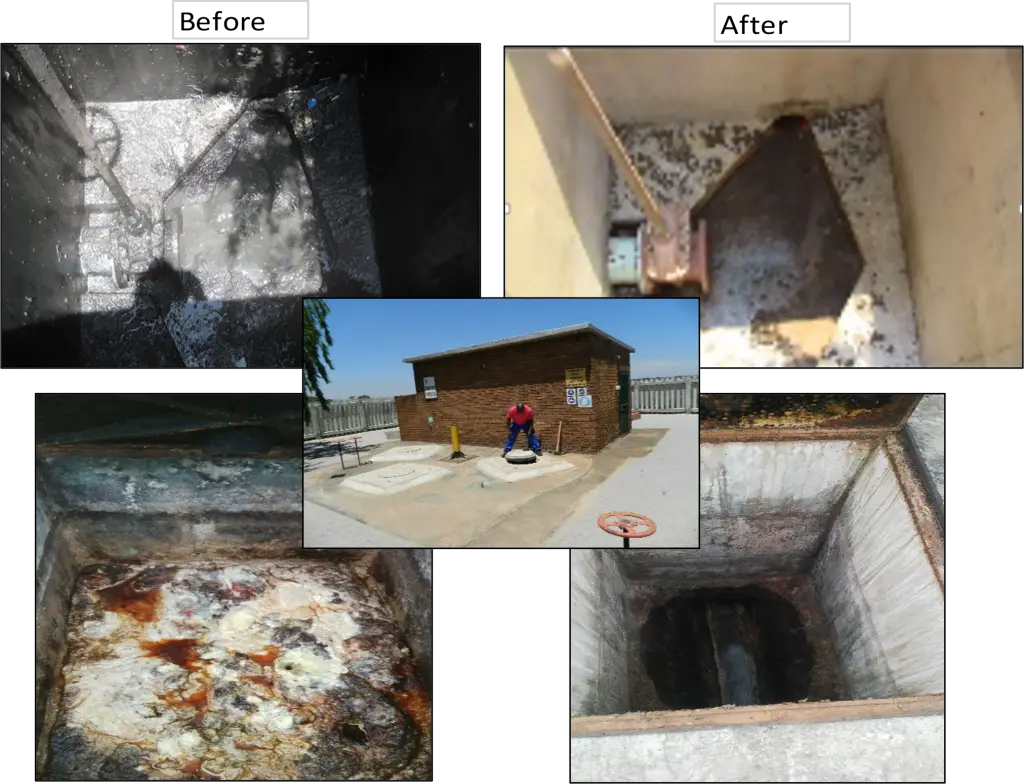Bioremediation vs. Chemical Flocculation
At our company, we focus on innovative and eco-friendly approaches to sludge management. Our mission is to educate and implement sustainable practices in wastewater treatment.
Bioremediation uses natural processes to break down pollutants, making it a safer choice for the environment. Unlike traditional chemical methods like flocculation, which can use harsh chemicals, our approach supports biodiversity and promotes healthier ecosystems. By harnessing the power of nature, we aim to create effective solutions for cleaner water and a better planet.
Bioremediation vs. Chemical Treatment (Flocculation)
Chemical Treatment / Flocculation
Conventional treatment methods rely on synthetic chemicals to manage sludge. This process typically involves:
Breaking down sludge using artificial enzymes
Sterilizing the water with harmful substances like chlorine
Adding flocculants to bind particles, causing them to sink and compact at the bottom
This approach can work in small, controlled environments—such as swimming pools—where the compacted sludge can be vacuumed out. However, in larger or natural settings like industrial treatment plants, ponds, or lakes, manual removal of sludge is difficult, expensive, and often impractical.
Bioremediation
Bioremediation takes a natural, sustainable approach to sludge treatment. It uses specially formulated powders or tablets that contain both beneficial bacteria and oxygenating agents. These:
Introduce naturally occurring (good) bacteria into the water
Deliver oxygen to support bacterial activity
Allow the bacteria to produce enzymes that biologically digest the sludge
Cause the sludge to rise and be fully broken down, leaving no residue on the bottom
Because the sludge is digested rather than compacted, there’s no need for manual removal. This makes bioremediation ideal for treating large bodies of water and environmentally sensitive areas without the use of toxic chemicals.


This powerful video captures the impact of bioremediation on a severely oxygen-depleted water body.
Initially, a fish is seen struggling to survive in eutrophic conditions caused by excess nutrients and low oxygen levels. With the application of EcoTabs powder—a blend of beneficial bacteria and oxygen-releasing agents—the water begins to transform.
Within minutes, oxygen levels rise, and the fish shows signs of recovery. This visual demonstration highlights the effectiveness of EcoTabs in restoring aquatic life and improving water quality naturally.
Treat The Lift Pumps, Grease Traps and Sumps
In order to bring these WWTP back into production the use of Bioremediation treatment in the lift pumps can reduce the amount of effluent arriving at the WWTP by as much as 40% and continue to work within the normal process of the plant.
Unpleasant odours will be eliminated due to the oxygenation of the effluent as well as the PH being stabilised reducing the maintenance of pumps and infrastructure
Environmentally friendly this form of bio-remediation must be looked at as a solution to budget restrains and the need for massive infrastructure development while the pressure on the Waste Water Plants, especially in the reduction of sludge build up can be brought under control.

